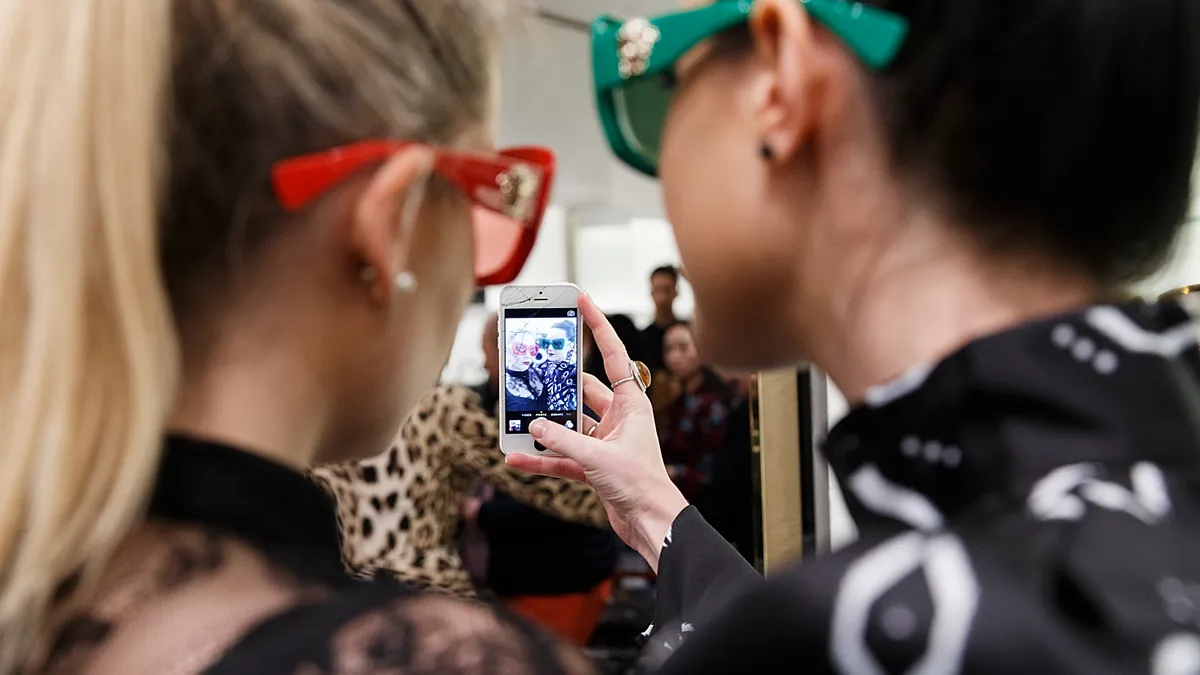Dive Brief:
- Some marketers aren’t pleased with viewability numbers for ads on Snapchat, according to Ad Age. The metric that stands out the most is that video ads on the app are viewed for less than 3 seconds on average.
- Part of the issue is that video ads run as interstitials in user Snap stories, leading many to simply tap through brand spots rather than engage.
- Snapchat argues that ads on the app are effective even with a short viewing time, pointing to eye-tracking studies that found ads on its platform get more attention than ads on Instagram, YouTube and Facebook. Two-thirds of Snapchat ads also run with the sound on, unlike video ads on Facebook.
Dive Insight:
Snapchat needs to prove its platform can drive engagement and monetization if it's to live up to the expected $25 billion-plus public offering being prepared for early next year. The app has previously been cagey about providing ad targeting tools and concrete measurements to marketers, but now that data are finally emerging, the numbers don't look great.
Marketers running video campaigns on Snapchat used to have the benefit of auto advance stories, which would skip from user videos directly into advertisements; when the platform axed that feature in October, some third-party measurement tools found view counts dropped by up to 15% for brands.
Snapchat is still relatively young compared to something like Facebook, and it's experimenting with unique ad formats for brands like sponsored filters and lenses. But the platform may need to speed up its plans for better video ad monetization now that serious competitors like Instagram Stories are expanding their offerings in ways that arguably surpass what Snapchat has to offer in terms of content.
Wonky metrics around social video ads have been in the news often this year, most notably with the revelation that Facebook had been inflating its video ad views by as much as 80% since 2014, spurring pushback from the ad industry as well as a class action lawsuit from affected marketers. Snapchat's shortcoming are far less controversial — likely more a sign of growing pains as creatives on the platform figure out ways to best engage — and Snapchat still holds a distinct advantage when it comes to capturing the attentions of young demos like Gen Z.














